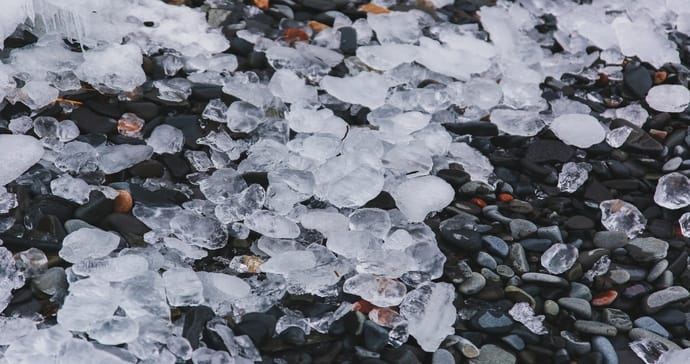
Hailstones usually have a diameter of about one-quarter inch and weigh a few ounces. But now and then, they can reach the ground as large as six inches in diameter and weighing over a pound each—and they don’t have to get to these extremes of size and weight to cause some severe damage to homes and vehicles.
While hail damage can be extensive—and the cost to repair it shocking—in most cases, it will be covered under a standard homeowners insurance policy or an auto insurance policy if you have paid for comprehensive coverage on your vehicle.
Here are some of the details you should know about coverage for hail damage.
How much does home insurance pay for hail damage?
Hail damage is one of the most common claims on homeowners insurance, accounting for almost 70 percent of insured property losses. Those losses reached a whopping $10 billion total as recently as 2018. Luckily, most policies cover structural property damage from perils such as hail, including coverage for your roof, windows, garage, appliances, porch, or deck. The actual amount that will be covered for repairs depends on the limits and deductibles you chose when you purchased your policy.
What does hail damage look like on a roof?
You probably can’t see hail damage from the ground, or even up at the edge of your roof. You should hire a professional roofer to inspect your property after a severe hailstorm. They will look for spots where granules are knocked away. There might be a change in the texture of the shingle, or the matting underneath might be exposed. While the damage may appear to be slight, it will likely get worse over time.
Does car insurance cover hail damage?
Auto insurance will usually cover hail damage as long as you have comprehensive coverage as part of your policy. Comprehensive coverage protects your vehicle from damages that occurred from events other than a collision. Damage caused by hail would be one of those.
Comprehensive coverage is optional unless it’s required when you lease your car or take out an auto loan. Some owners of older vehicles don’t buy the coverage as a way of saving money on premiums. No matter the reason, if you haven’t purchased comprehensive coverage, you won’t be reimbursed for hail damage.
How much does hail damage devalue a car?
If you have comprehensive insurance coverage on your car, the repair cost for the hail damage is covered. You pay your deductible and get your car’s hail damage repaired. When you use the paintless dent repair (PDR) method, the dents are removed permanently. The damage is not documented on Carfax because it was reversed and not repaired. When you sell the car, the price you get will not be affected by the hail damage.
On the other hand, if you decide not to get the hail damage repaired, the value of your vehicle will be depreciated per dent. Since hail dent repair costs range from $75 to $225 per dent, you will end up paying either through the repair cost or the lower price you’ll get from a buyer.
Don’t just assume your insurance will cover hail damage
Be sure to review your homeowners and auto insurance policies to ensure that wind and hail damage is included in your policy. If it’s excluded, you may need to explore separate wind insurance coverage, which is typically a state insurance program.
If you have hail damage, act immediately!
If you were caught in a hailstorm and your car was damaged, talk to your auto insurance provider right away. If you have comprehensive coverage on your vehicle, repairing the damage will likely be covered, minus your deductible.
If your home was damaged by hail, call your agent or insurance company. If possible, take a picture of the hailstones next to an item that can indicate the size of hailstones, such as a ruler or a quarter. These pictures will help confirm the size of the hailstones that caused the damage. Also, take photos of any damage to siding, windows, or shingles.
Some insurance companies put a limitation on how much time you have to file an insurance claim for a wind/hail loss. If you believe you have a hail claim, call your insurance agent immediately to discuss it. Some carriers will deny a claim if you do not file a claim within six months from the date of loss.
While it’s not possible to protect your property entirely from the elements, having the right insurance policy in place will help you to get the damage repaired quickly.
We hate to see people spending thousands of dollars on insurance, yet not having that money work as it should. Request a free insurance review to see where you could be saving!
{{cta('c97d3c64-ab5c-455d-8d38-0444fa8e27ba')}}
For more information about auto and homeowners insurance coverage, subscribe to our blog.



